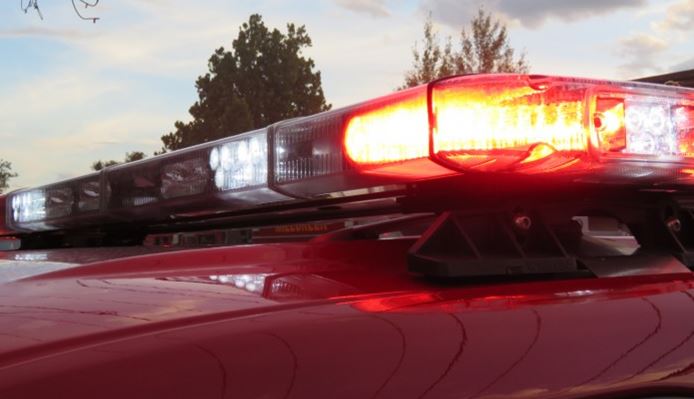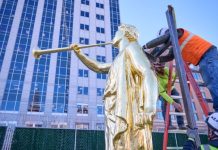PROVO, Utah, Oct. 14, 2019 (Gephardt Daily) — Intermountain Healthcare facilities treated 60 people after a Provo meetinghouse of The Church of Jesus Christ of Latter-day Saints was evacuated Sunday due to carbon monoxide.
Station 22 was dispatched to a medical call at the LDS Church at 650 E. Stadium Ave. just after 11:05 a.m., said a tweet from Provo Fire and Rescue.
“Church was full of carbon monoxide,” the tweet said. “Church evacuated, Questar called.”
A Monday news release from Intermountain Healthcare said 24 of those patients received hyperbaric treatment at either Intermountain Utah Valley Hospital, Intermountain Medical Center or Intermountain LDS Hospital.
Dr. Lindell Weaver, medical director of the Hyperbaric Medicine Center at Intermountain Medical Center and LDS Hospital, says as temperatures drop Utahns need to protect themselves and their families from the potentially deadly gas.
“Carbon monoxide is colorless, odorless, tasteless, and a poisonous gas,” the news release said. “Because it is virtually undetectable by humans, it’s dubbed the silent killer. In the United States, it is the number one cause of death by poisoning.”
It is often produced from a faulty furnace or other heating sources inside the home. Exposures to carbon monoxide also comes from automobile exhaust, small gas engines, and other fuel operated machines being used in poorly ventilated spaces.
“Carbon monoxide poisoning symptoms are similar to the flu — nausea, tiredness, aches, and pains,” said Weaver. “If you suspect you have been exposed to high levels of carbon monoxide you should leave immediately and seek help.”
At the Hyperbaric Oxygen Therapy Department, patients with carbon monoxide poisoning are treated with high-flow oxygen, sometimes in a special room or capsule called a hyperbaric oxygen chamber, to reduce the chance of permanent brain damage.
There are several steps you can take to reduce your risk of exposure:
- Schedule an annual check-up for your furnace and hot water heater. It’s important to have all gas-fired furnaces and hot water heaters checked by heating and air conditioning (HVAC) professionals annually. Furnaces can crack and become obstructed.
- Every home and business should have a carbon monoxide alarm. Carbon monoxide alarms should meet the UL2034 standard. Alarms with a digital display add an additional level of protection. It’s possible for carbon monoxide to be present in levels that will show on the digital display but lower than the level necessary to trigger an alarm. If your digital carbon monoxide alarm detects even a low level of gas, have the area checked by the gas company or an HVAC specialist.
- Replace your carbon monoxide alarm every five years and consider bringing one along when you travel.
- Be aware of symptoms. Carbon monoxide poisoning can be lethal, sometimes with no advance sign of trouble. This is especially true when people are exposed during their sleep and are unaware or unable to call for help.
The cause of the carbon monoxide leak at the meetinghouse is not clear at this time.
Gephardt Daily will have more on this developing story as information is made available.







